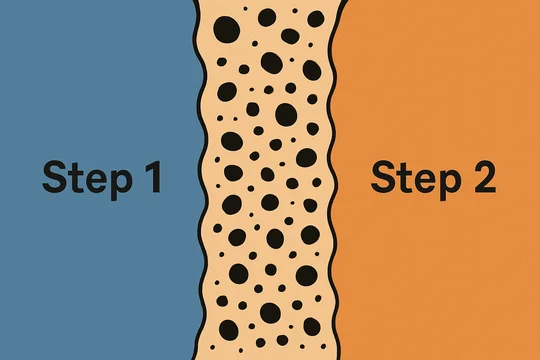
Defendants are always on the lookout for ways resolve patent cases (and other cases) early. One potential avenue is an FRCP 12(c) motion for judgment on the pleadings—but it only works in uncommon circumstance that the pleadings themselves show a lack of infringement or validity.
It's an uncommon circumstance—but not unheard of. Last week, the Court granted an FRCP 12(c) motion of no contributory infringement in Boehringer Ingelheim Pharma. Inc. v. Apotex Inc., C.A. No. 23-685-CFC (D. Del.), after a plaintiff's own complaint showed a lack of infringement.
Boehringer is an ANDA action. The patent claims a drug used to treat a disease in patients who—critically—are ineligible to receive a second drug. The label of the accused product, however, says that the accused product can be used to treat patients who also receive the second drug:
The proposed label states broadly under the heading "Indications and Usage" that "[l]inagliptin tablets are indicated as an adjunct to diet and exercise to improve glycemic control in adults with type 2 diabetes mellitus." D.I. 15-3 at 3. And it specifically and repeatedly teaches in its discussion of various clinical trials that Apotex's ANDA product can be used in combination with metformin and as an add-on therapy to [the second drug] metformin. See DJ. 15-3 at 4, 5, 10-19. In other words, there are many statements in the proposed label that on their face appear to promote and encourage doctors to use Apotex's ANDA product to treat patients who are eligible for treatment with metformin—that is, to use a treatment method that is the very opposite of the method claimed by the asserted patents.
The Court granted judgment of no contributory infringement, because using the drug with the second drug is unclaimed, but is also indicated on the label:
Apotex argues that because its ANDA Product is "suitable for administration to diabetes patients who are eligible for metformin," Boehringer cannot make a showing that Apotex's ANDA Product has no substantial noninfringing use. . . . Boehringer does not dispute that Apotex's product is suitable for the noninfringing use of treating patients who are eligible for metformin. . . . As it is undisputed that the use of Apotex's ANDA product to treat patients with type 2 diabetes mellitus who are eligible for being treated with metformin is in accordance with the use for which it is indicated by Apotex's proposed label and not unusual, far-fetched, illusory, impractical, occasional, aberrant, or experimental, Apotex is entitled to judgment of no contributory infringement as a matter of law.
Plaintiff tried to avoid judgment of no infringement by flatly arguing that the question of a substantial non-infringing use cannot be resolved on a motion for judgment on the pleadings—but the Court did not go for that:
Boehringer['s] only counterargument is that "[s]ubstantial noninfringing use is an intensely factual inquiry not suitable for determination at the pleading stage." . . . Boehringer insists that whether Apotex's ANDA has a substantial noninfringing use is a disputed fact because I "must credit Boehringer' s allegations that Apotex's generic product 'is not [a] staple article[] of commerce or commodit[y] of commerce suitable for substantial noninfringing use.'" . . . Those "allegations," however, even if true, are of no moment. The law does not require that a drug be a "staple article of commerce" to qualify for a substantial noninfringing use. As noted above, the noninfringing use of Apotex's ANDA product need only be in accordance with the use for which it is indicated and not unusual, far-fetched, illusory, impractical, occasional, aberrant, or experimental to qualify as "substantial noninfringing use."
Basically, it looks like the plaintiff pled that the accused product was "not [a] staple article[] of commerce or commodit[y] of commerce suitable for substantial noninfringing use,'" but seemingly did not plead simply that the accused product had no substantial non-infringing uses generally.
Even if they had included such a statement, I'm not sure it would have helped, given that their pleading also included the label showing non-infringing uses.
If you enjoyed this post, consider subscribing to receive free e-mail updates about new posts.


